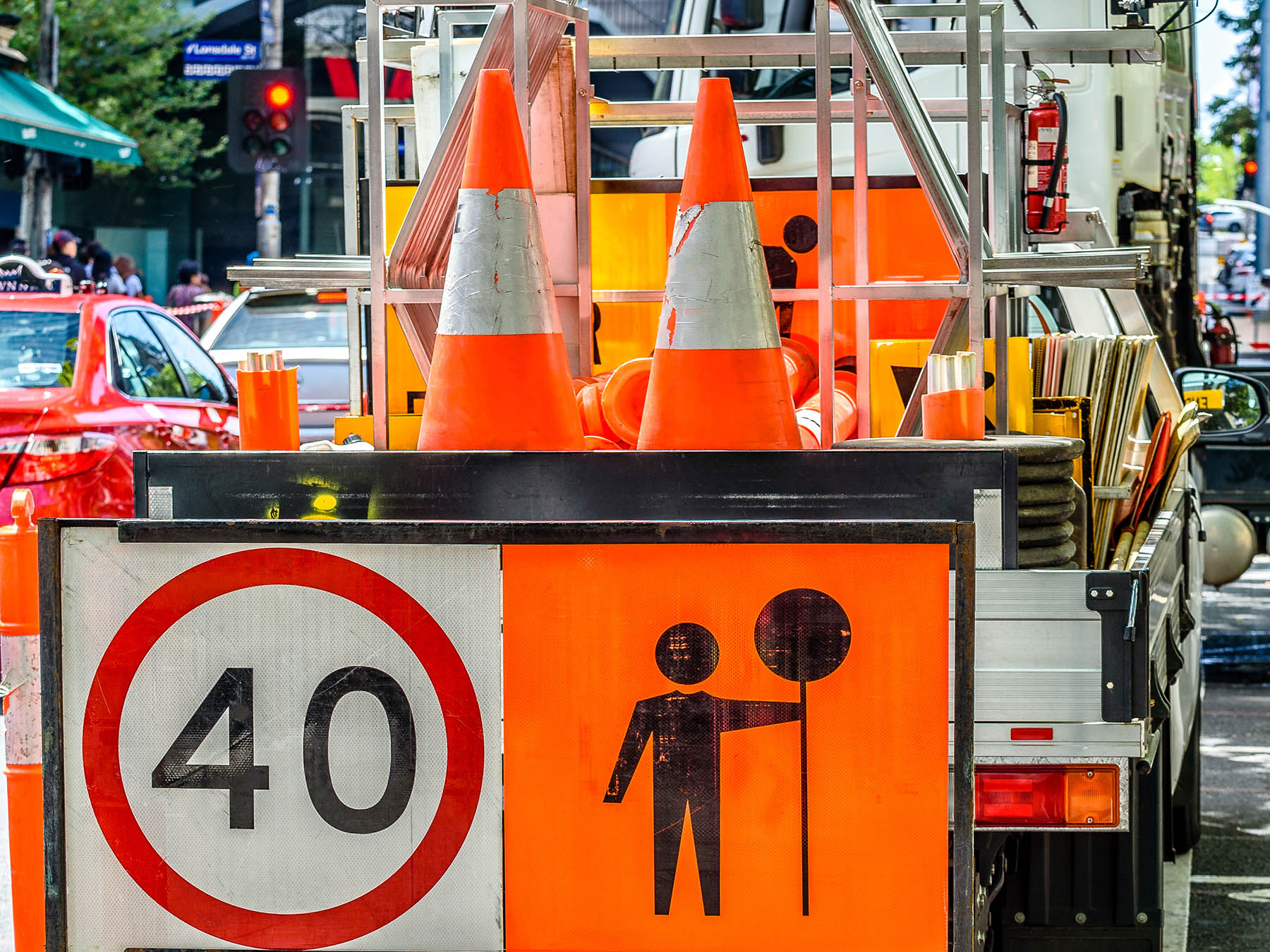To become a traffic controller and make a real impact, one needs a traffic control course and license. But, do you know the traffic control zones? Find details of the importance of traffic control here.
Numerous situations arise that demand traffic control. Some of them include freeway construction, fixing of roadways, road blocks due to abrupt weather changes, or the influence of elemental forces like snow. In high traffic situations, where the inflow and outflow of cars are high, road signs are valuable. These warning signs are erected to improve the safety of lives.
However, placing road signs as warnings to drivers and passersby isn’t a complete game plan most of the time. This brings to mind the fact that traffic controllers are indispensable. These are humans like you, who help to secure lives by ensuring that road safety regulations are adhered to. The good news is that you too can become a traffic controller. All you need is traffic control training and a traffic control license from a reputable training institute. If this resonates with you, then you should check out the Global Training Services site.
Traffic Control Zones
The road codes are a set of rules that guide drivers and passersby. It also helps to reduce or eliminate road accidents. Not all codes and rules apply to all roads. Depending on the area and other important factors, road codes are specified for drivers and those trekking to see at a glance.
When driving through traffic zones, the road rules must be obeyed. Another important thing is to understand the traffic control zones. A thorough understanding of the traffic control zones will help you drive through a traffic construction environment without a scratch. Below are the typical traffic control zones you should know.
The Advance Warning Zone
This is the point where the prior warning signs are mounted for drivers to make the right turn in the right direction, right on time. For traffic situations where no shoulder closure exists, one sign will do. That’s because the traffic construction isn’t affecting the flow of traffic. However, on two-way or multiple-lane roads, advanced warning signs do the job better.
These signs are often placed on the roads to slow down the speed of traffic in a situation where cars need to stop.
To this end, Message-Information-Action (MIA) signs are strategically placed with all the other signs that are placed on the road. The message will be something like “ROAD WORK AHEAD” or “CONSTRUCTION WORK AHEAD”.
Then the next sign gives information that prompts the driver on what to expect next. The message often sounds like “SINGLE LANE ROAD AHEAD”.
There’s also a third sign that tells the driver the specific action to take. It could be something like “BE PREPARED TO STOP”. These warning signs are common, and if you’ve been driving for years, they are probably not new to you. But now you know what each sign entails and why they are placed as such.
Protection Space
There’s an area that’s not occupied by either the work area or transition area; that is the buffer space. This space is often created with the safety of both workers and drivers in mind. The purpose of this space is to ensure that moving vehicles make easy passage and construction workers can do their work without interruption or getting hit.
Indeed, the safety of road construction workers is held in high esteem.
The reason is not far-fetched—roads are high-risk areas. Even with the input of road signs and traffic controllers, some drivers will still drive haphazardly through a traffic control zone. What most of these drivers don’t know is that they will be responsible for the safety of the road construction workers in case of an accident. That’s why the buffer space is there to create a safe space for the workers and their construction equipment.
Transition Area
Just as the name implies, in this area, a lane is closed and drivers need to be carefully redirected to another lane. The shoulder or lane is closed with the aid of channelizing devices. These devices could be the common orange traffic cones or other relevant traffic control devices.
The transition area is usually kept at a reasonable distance from any form of view obstructions like a sharp horizontal or vertical curve. That’s because lane closure shouldn’t be placed at the end of curves, else drivers may fidget and this can lead to accidents. That’s why transition areas should be held as an important phase in all traffic control zones.
Task Area
This is the area where the necessary equipment is placed. The work area is also the place where the workers carry out maintenance operations for their equipment. This area is easy to spot as it is the major reason for placing traffic control signage that leads to a road worksite.
Termination Area
This area is the zone that follows the work/task area. Thus, the area that allows traffic to resume on a normal note without causing damage, harm, or accidents. This area is very important, just like the other traffic control areas. That’s because drivers may crash into each other after leaving a traffic construction zone with the thought that they can let their guards down again.
The purpose of this area is to see that road users adhere to traffic control rules and obey the signage information even outside the construction zone.
Conclusion
Driving through traffic control zones without cases of accidents requires the effort of licensed traffic controllers and well-mounted traffic control signs. Most people today don’t follow traffic signs until they see a human pointing their attention to the right thing to do. And since the safety of road construction workers cannot be jeopardized, it is vital to get trained and certified traffic controllers on site.
If you have a passion for traffic control and management, then you are only a few clicks away from being a licensed traffic controller. Now, you need a traffic control course, and Global Training Services has got your back. We would train you and get you certified as a traffic controller. Contact us today to learn more.


